Home>Garden Essentials>What Happens With No Crop Rotation
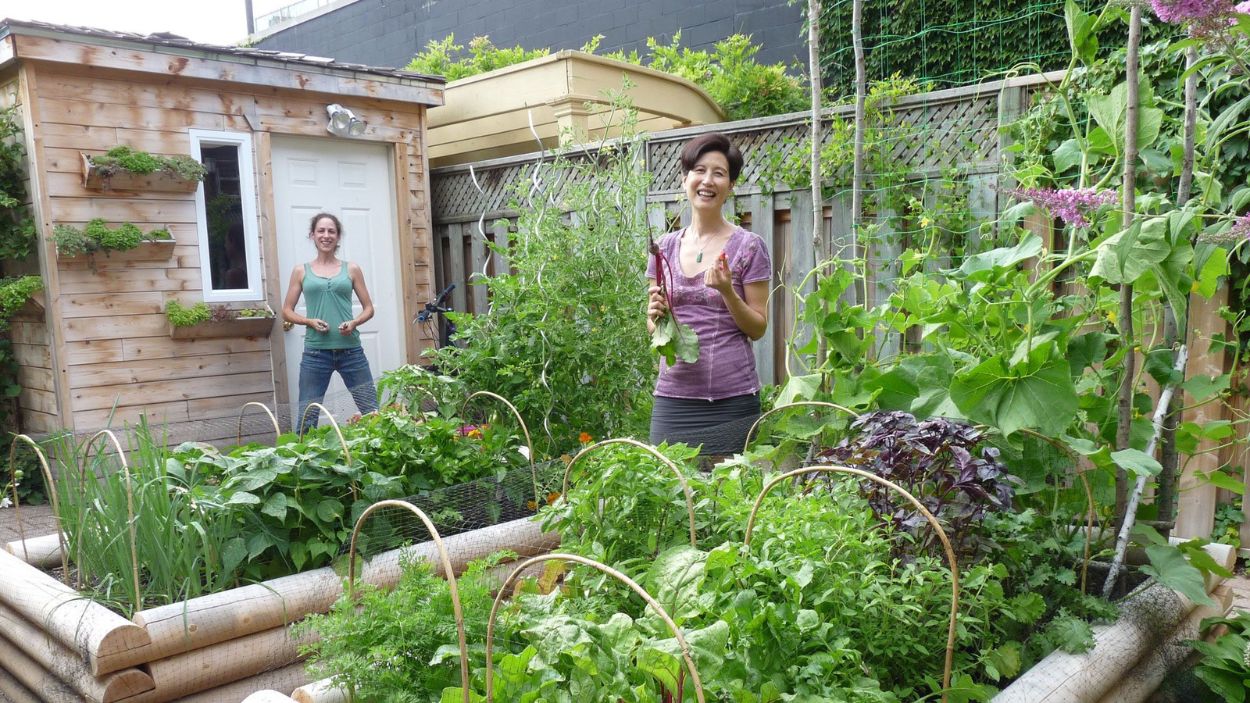

Garden Essentials
What Happens With No Crop Rotation
Modified: August 23, 2024
Discover the consequences of not implementing crop rotation in your garden. Learn about the potential for nutrient depletion, increased pest and disease problems, and decreased plant productivity.
(Many of the links in this article redirect to a specific reviewed product. Your purchase of these products through affiliate links helps to generate commission for Storables.com, at no extra cost. Learn more)
Introduction
Crop rotation is a time-honored agricultural practice that involves planting different crops in a specific sequence on the same piece of land, usually over a period of several years. This traditional farming technique offers numerous benefits, including improved soil health, increased crop yields, and reduced pest and disease pressure. However, what happens when farmers neglect crop rotation and continue to grow the same crop year after year? This article explores the consequences of not implementing crop rotation and sheds light on the potential challenges faced by farmers and the environment.
Crop rotation has been practiced for centuries, with its origins rooted in ancient civilizations such as the Romans and the Greeks. The concept is simple: by diversifying the types of crops grown on a particular field, farmers can break pest and disease cycles, replenish soil nutrients, and mitigate weed problems. The specific rotation pattern varies depending on factors such as climate, soil type, and the types of crops grown in a particular region.
The significance of crop rotation lies in its ability to promote soil health and fertility. Different crops have different nutrient requirements, and by rotating crops, farmers can prevent the depletion of essential nutrients in the soil. For example, legumes, such as soybeans or peas, have the unique ability to fix nitrogen in the soil, which benefits subsequent crops that require significant nitrogen inputs. Moreover, diverse crop rotations reduce the risk of soil erosion and improve water infiltration and retention.
When farmers disregard crop rotation practices and opt for continuous monoculture, several negative consequences can arise. These repercussions can impact not only the overall productivity and profitability of the farm but also the surrounding environment.
Key Takeaways:
- Neglecting crop rotation leads to soil depletion, increased pests, and reduced yields. Implementing diverse crop rotations promotes soil health, pest control, and higher crop productivity for sustainable farming.
- Farmers can mitigate consequences by adopting crop rotation, cover crops, and integrated pest management. Transitioning to sustainable practices enhances soil health, biodiversity, and farm profitability.
Read more: What Was Crop Rotation?
Overview of Crop Rotation
Crop rotation is a systematic approach to farming where different crops are grown in a specific sequence on a particular piece of land. The rotation pattern can vary depending on factors such as climate, soil type, and the specific goals of the farmer. In a typical crop rotation cycle, different crop families are rotated over a span of several years.
The main purpose of crop rotation is to promote soil health and fertility by diversifying the types of crops grown on a field. Different crops have different nutrient requirements, and by rotating crops, farmers can prevent the depletion of essential nutrients in the soil. For example, if a farmer grows corn one year and soybeans the next, the soybeans can contribute nitrogen to the soil through a process called nitrogen fixation. This helps replenish the nitrogen levels for the following corn crop.
Crop rotation also helps break pest and disease cycles. Many pests and diseases are crop-specific, meaning they primarily target and feed on a particular crop. By rotating crops, the pests and diseases are disrupted as they struggle to find their preferred host. This reduces the overall pest and disease pressure, resulting in healthier plants and better yields.
In addition to soil fertility and pest control benefits, crop rotation can also help manage weed infestations. Different crops have different growth habits and nutrient requirements, which can disrupt the growth of weeds. For example, crops with dense foliage can shade out weeds and prevent them from receiving sufficient sunlight, reducing their growth and spread.
Overall, crop rotation is a valuable practice in sustainable agriculture. It helps maintain soil health, reduce pest and disease pressure, manage weed infestations, and optimize crop yields. By implementing crop rotation, farmers can create a more resilient and sustainable farming system.
Importance of Crop Rotation
Crop rotation is a fundamental practice in agriculture with many important benefits. This systematic approach to planting different crops in a specific sequence on the same piece of land offers numerous advantages for both farmers and the overall environment.
One of the primary reasons for the importance of crop rotation is the enhancement of soil health and fertility. Different crops have varying nutrient requirements, and by rotating crops, farmers can prevent the depletion of specific nutrients in the soil. For example, legumes, such as beans or peas, have the ability to fix nitrogen in the soil through a symbiotic relationship with nitrogen-fixing bacteria. When legumes are rotated with other crops, they enrich the soil with nitrogen, which is crucial for the growth and development of subsequent crops that require abundant nitrogen inputs. Additionally, crop rotation helps improve soil structure, water-holding capacity, and overall nutrient availability, which are essential for healthy plant growth.
Another significant benefit of crop rotation is the management of pests and diseases. Certain pests and diseases are specific to particular crop families. When the same crop is continuously grown in one location, it creates an ideal environment for these pests and diseases to thrive, leading to significant damage and yield loss. By practicing crop rotation, farmers disrupt the pest and disease life cycles. The pests and diseases struggle to find their preferred host, reducing their overall impact and preserving crop health. This reduces the reliance on chemical pesticides and promotes more sustainable and environmentally friendly pest management practices.
Crop rotation also plays a vital role in weed suppression. Different crops have different growth habits, root systems, and canopy structures. By rotating crops, farmers can create unfavorable conditions for weeds, making it difficult for them to establish and proliferate. For example, crops with dense foliage can shade out and suppress weed growth, minimizing competition for resources such as sunlight, water, and nutrients.
Furthermore, crop rotation contributes to the overall sustainability of farming systems. By diversifying crop rotations, farmers can reduce the risk of crop failure due to weather-related events, pests, or diseases. This improves the resilience of the farm and reduces dependence on a single crop for economic viability.
In summary, the importance of crop rotation cannot be overstated. It is a critical practice that promotes soil health, reduces pest and disease pressure, manages weed infestations, and fosters sustainable farming systems. Implementing crop rotation is not only beneficial for farmers in terms of improved yields and profitability but also for the broader environment by promoting ecological balance and long-term agricultural sustainability.
Understanding the Consequences of No Crop Rotation
When farmers neglect the practice of crop rotation and continue to grow the same crop year after year, a range of negative consequences can occur. The lack of crop rotation can have detrimental effects on soil health, increase pest and disease pressure, lead to weed infestations, and ultimately result in reduced crop yields and economic losses.
One of the primary consequences of no crop rotation is soil degradation and nutrient depletion. Continuous planting of the same crop depletes specific nutrients from the soil, leading to imbalances and deficiencies. Without the rotation of crops that have different nutrient requirements, the soil becomes increasingly depleted, impacting plant growth and overall productivity. Nutrient deficiencies can result in stunted crop growth, reduced flowering and fruiting, and lower yields.
Without crop rotation, pests and diseases can proliferate more easily. Continuous planting of the same crop provides a consistent food source for pests and allows diseases to build up in the soil. As a result, pest populations can explode, leading to significant damage to the crop. Similarly, diseases can become more prevalent, as the absence of crop rotation prevents the interruption of disease cycles. This can lead to increased pesticide use to control pests and diseases, which can have harmful effects on the environment and human health.
Weed infestations are another consequence of no crop rotation. Without the presence of different crops to disrupt weed growth and control weed species, weeds can quickly take over fields. They compete with crops for resources such as sunlight, water, and nutrients, reducing crop yields and profitability. Moreover, without the rotation of herbicides with different modes of action, weeds can develop resistance to specific herbicides, making weed management even more challenging.
With no crop rotation, farmers may also experience reduced crop yields. The lack of diversity in crops can lead to a buildup of pests, diseases, and weed pressures, which can directly impact yield potential. Additionally, soil nutrient imbalances and depletion can limit the ability of plants to absorb essential nutrients, affecting their growth and productivity. As a result, farmers may face lower crop yields and decreased profitability.
From an economic standpoint, the consequences of no crop rotation can be significant. Lower crop yields translate to reduced income for farmers, which can affect their livelihoods and financial stability. Additionally, increased pest and disease pressures may require higher input costs, such as increased pesticide usage, leading to additional financial burden. Over time, the lack of crop rotation can erode the long-term economic viability of the farm.
Overall, the consequences of no crop rotation are far-reaching. The negative impacts on soil health, increased pest and disease pressure, weed infestations, reduced crop yields, and economic losses highlight the importance of implementing regular crop rotation for sustainable and successful agricultural practices.
Soil Degradation and Nutrient Depletion
One of the significant consequences of not implementing crop rotation is soil degradation and nutrient depletion. Continuous cultivation of the same crop in a field can lead to the deterioration of soil health and the exhaustion of essential nutrients, ultimately impacting crop growth and productivity.
When the same crop is grown year after year without rotation, it depletes specific nutrients from the soil while leaving other nutrients unused. Different crops have varying nutrient requirements, and without crop rotation, the soil becomes imbalanced in terms of nutrient availability. As a result, essential nutrients such as nitrogen, phosphorus, and potassium can become depleted, leading to nutrient deficiencies in the crops.
Soil degradation occurs when the structural integrity and fertility of the soil are compromised. The continuous growth of the same crop can lead to the formation of compacted soil and reduced soil organic matter content. This reduces the soil’s ability to hold water and nutrients, leading to poor root development and limited nutrient uptake by plants.
Nutrient depletion adversely affects plant growth and overall crop productivity. Without an adequate supply of nutrients, crops may exhibit stunted growth, yellowing of foliage, reduced flowering and fruiting, and lower yields. Furthermore, nutrient deficiencies can make plants more susceptible to pest and disease attacks.
Without the implementation of crop rotation, farmers often resort to excessive fertilization to compensate for nutrient deficiencies. This can lead to nutrient imbalances, environmental pollution, and increased costs. Excessive fertilizer use, particularly nitrogen-based fertilizers, can contribute to water pollution through runoff, negatively impacting aquatic ecosystems.
In contrast, crop rotation helps mitigate soil degradation and nutrient depletion. By diversifying the types of crops grown on a field, farmers can replenish and balance the nutrient levels in the soil. For example, legume crops, which have the ability to fix nitrogen from the atmosphere, can be rotated with nitrogen-demanding crops, effectively enriching the soil with this essential nutrient.
Crop rotation also promotes the accumulation of organic matter in the soil. Different crops have varying root systems, and by rotating crops with deep-reaching roots and those with shallow roots, the soil structure is improved. Deep-rooted crops can help break up compacted soil layers and improve water and nutrient penetration, while shallow-rooted crops contribute to the accumulation of organic matter near the surface.
Overall, soil degradation and nutrient depletion are significant consequences of neglecting crop rotation. By implementing crop rotation, farmers can maintain soil health, prevent nutrient imbalances, and ensure the long-term productivity and sustainability of their farms.
Read more: What Is Crop Rotation Strip Cropping
Increased Pests and Diseases
One of the significant consequences of not practicing crop rotation is the increased prevalence of pests and diseases. Continuous planting of the same crop in a field provides an ideal environment for pests and diseases to build up, leading to higher infestation rates and crop damage.
When a single crop is grown year after year without rotation, pests that are specific to that crop can thrive and multiply rapidly. These pests have a constant and abundant food source, making it easier for their populations to increase. As a result, farmers may experience higher pest pressures and greater crop damage.
Diseases also pose a significant risk when crop rotation is not implemented. Plant pathogens can build up in the soil when the same crop is continuously grown. These pathogens can survive in the soil or on crop residues and infect subsequent crops, leading to the spread of diseases. Without interrupting the disease cycle through crop rotation, diseases can become more prevalent and cause substantial yield losses.
Increased pest and disease pressure can have severe consequences for crop health and productivity. Pests can feed on and damage various parts of the plant, such as leaves, stems, fruits, and roots, leading to reduced yields and compromised crop quality. Likewise, diseases can cause wilting, leaf spots, rotting, stunting, and even plant death.
Without the proper management of pests and diseases, farmers may resort to increased pesticide use to control the infestations. However, excessive pesticide application can have negative consequences. Not only does it contribute to environmental pollution, but it can also lead to the development of pesticide resistance among pests, rendering chemical control less effective over time.
In contrast, crop rotation helps break the pest and disease cycles. By planting different crops, farmers disrupt the life cycles of pests and diseases that rely on specific host plants. The absence of their preferred host in rotation prevents population buildup, limiting the damage they can cause to crops. Furthermore, the diversification of crops reduces the need for excessive pesticide use, promoting more sustainable and environmentally friendly pest management practices.
In summary, neglecting crop rotation can lead to increased pests and diseases. This heightened infestation of pests and higher prevalence of diseases can result in significant crop damage, reduced yields, and increased reliance on chemical pesticides. Implementing crop rotation is crucial to disrupt pest and disease cycles, promote healthier crops, and minimize the negative impact of pests and diseases on agricultural production.
Tip: Without crop rotation, soil becomes depleted of essential nutrients, leading to decreased crop yields and increased susceptibility to pests and diseases. Rotate crops to maintain soil health and improve overall productivity.
Weed Infestation and Herbicide Resistance
When crop rotation is not practiced, one of the consequences that farmers may face is an increased risk of weed infestation and the development of herbicide resistance. Continuous planting of the same crop without rotation allows weeds to establish and proliferate, leading to competition for resources and reduced crop yields.
Weeds are plants that grow in unwanted areas, competing with crops for essential resources like sunlight, water, and nutrients. Without the interruption of crop rotation, weeds that are well-adapted to the specific conditions created by the continuous cultivation of a single crop can thrive and spread rapidly.
In addition to the competition they pose to crops, weeds can also impact farming operations by interfering with harvesting, irrigation, and other maintenance practices. They can reduce the efficiency of farm machinery and increase labor requirements, leading to higher costs for farmers.
Furthermore, the absence of crop rotation can contribute to the development of herbicide resistance in weeds. Continuous exposure to the same herbicides without rotation allows weeds to adapt and develop resistance, rendering the herbicides less effective over time. This necessitates higher herbicide doses or the use of more potent chemicals, which can have environmental implications and financial costs.
Crop rotation disrupts weed growth and provides opportunities for weed control measures. Different crops have varying growth habits, root structures, and canopy structures, which can help suppress weed growth. For example, crops with dense foliage can shade out weeds, preventing them from receiving sufficient sunlight for growth. Crop rotation also facilitates the use of herbicides with different modes of action, reducing the risk of herbicide resistance development.
Implementing crop rotation in conjunction with other weed management practices, such as proper field preparation, timely cultivation, and integrated weed management strategies, can effectively reduce weed infestations and minimize the reliance on herbicides. This promotes sustainable weed control and helps maintain the long-term productivity of the farm.
In summary, neglecting crop rotation can lead to increased weed infestation and the development of herbicide resistance. Weeds compete with crops for resources and can reduce yields, while herbicide resistance presents challenges in effective weed control. By implementing crop rotation and adopting diverse weed management strategies, farmers can effectively suppress weed growth and minimize the negative impacts of weeds on crop production.
Reduced Crop Yields
A significant consequence of not implementing crop rotation is the potential reduction in crop yields. Continuous cultivation of the same crop without rotation can lead to various factors that negatively impact crop productivity and result in lower yields.
One of the main factors contributing to reduced crop yields is the depletion of soil nutrients. Different crops have different nutrient requirements, and planting the same crop year after year without rotation depletes specific nutrients from the soil. This imbalance in nutrient availability can cause nutrient deficiencies in the crops, leading to stunted growth, reduced flowering and fruiting, and ultimately lower yields.
Furthermore, the absence of crop rotation can lead to a buildup of pests and diseases. Continuous planting of the same crop provides a consistent food source for pests and allows diseases to establish and spread. As a result, pest pressures and disease incidences can increase, leading to crop damage and yield losses.
Additionally, continuous monoculture can increase weed infestations. Without the introduction of different crops to disrupt weed growth and control weed species, weeds can thrive and compete with crops for essential resources like sunlight, water, and nutrients. This competition can reduce crop yields by limiting access to these vital resources.
Pests, diseases, and weeds compete with crops for resources and can hinder their growth, development, and overall productivity. They can damage leaves, stems, fruiting bodies, and roots, reducing crop yields and quality. Without adequate measures to manage these challenges, farmers may face significant losses in crop production.
Implementing crop rotation can help mitigate these issues and promote higher yields. By diversifying the types of crops grown on a field, farmers can break pest and disease cycles, reduce weed infestations, and replenish soil nutrients. Crop rotation also improves soil structure, water-holding capacity, and overall nutrient availability, creating an environment conducive to healthy plant growth and optimized yields.
In addition to the direct benefits of crop rotation on crop yields, it also enhances the resilience of the farming system. By diversifying crops and implementing rotation, farmers can reduce the risk of crop failure due to weather-related events, pests, or diseases. This improves the stability and sustainability of the farm, ensuring consistent yields over time.
In summary, neglecting crop rotation can result in reduced crop yields. Nutrient depletion, increased pest and disease pressures, and weed infestations can all contribute to lower productivity. By adopting crop rotation practices, farmers can enhance soil health, manage pests and diseases, control weeds, and ultimately increase crop yields for a more productive and sustainable farming operation.
Economic Impact
The consequences of not practicing crop rotation extend beyond the agricultural field and can have significant economic implications. Neglecting crop rotation can lead to various challenges that can impact the financial stability and profitability of farmers.
One of the economic impacts of not implementing crop rotation is reduced crop yields. Continuous cultivation of the same crop without rotation can lead to soil degradation, nutrient depletion, increased pest and disease pressures, and weed infestations, all of which can contribute to lower crop yields. Reduced crop yields directly translate to decreased income for farmers, affecting their livelihoods and economic well-being.
When crop yields are lower, farmers may struggle to meet their financial obligations and cover their expenses. The decreased income can result in financial strain, making it difficult to invest in necessary farming inputs, machinery, or infrastructure upgrades. It can also limit the ability to expand or diversify the farm’s operations, reducing opportunities for growth and diversification.
The increased reliance on chemical inputs, such as pesticides and herbicides, in the absence of crop rotation can also impact the farm’s financial bottom line. Continuous monoculture may require higher pesticide doses to control pests and diseases, leading to increased input costs. Additionally, in cases where herbicide resistance develops due to the lack of rotation, more potent and expensive herbicides may be needed to manage weed infestations. These additional costs can eat into the profits and reduce overall profitability.
Furthermore, neglecting crop rotation can have long-term economic consequences. Continuous cultivation of the same crop can lead to soil degradation, which may require costly soil restoration practices and inputs in the future. The costs associated with soil remediation can be substantial, further impacting the financial viability of the farm.
On a larger scale, the economic impact of not implementing crop rotation extends beyond individual farms. Reduced crop yields can result in decreased supply and increased market prices for specific commodities. This can affect the overall supply chain, food security, and consumer affordability. Moreover, the increased reliance on chemical inputs may have environmental and health-related costs that extend beyond the immediate economic implications.
Implementing crop rotation can help mitigate the economic impacts mentioned above. By diversifying crops and optimizing yields, farmers can increase their income and profitability. Crop rotation also promotes sustainable farming practices, reducing the dependence on costly chemical inputs and mitigating long-term soil degradation. Additionally, diversified crop rotations can help moderate market prices and contribute to a more stable and resilient agricultural system.
In summary, neglecting crop rotation can have a significant economic impact on farmers and the broader agricultural sector. Reduced crop yields, increased input costs, and long-term soil degradation can all lead to financial strain and decreased profitability. Implementing crop rotation practices can help enhance farm profitability, reduce reliance on costly inputs, and contribute to a more sustainable and economically viable farming operation.
Environmental Impact
The consequences of not implementing crop rotation extend beyond the economic sphere and can have significant environmental impacts. Neglecting crop rotation practices can result in various challenges that affect biodiversity, soil health, water quality, and overall ecological balance.
One of the environmental impacts of not practicing crop rotation is the increased reliance on chemical inputs. Continuous cultivation of the same crop without rotation can lead to higher pest and disease pressures, resulting in greater dependence on pesticides and fungicides. Indiscriminate use of these chemicals can have adverse effects on beneficial insects, pollinators, and other non-target organisms, disrupting the natural balance of ecosystems.
Furthermore, continuous monoculture can contribute to the development of pesticide resistance in pest populations. Without the interruption of crop rotation, pests can adapt and become resistant to specific chemical treatments, making them harder to control. This resistance can lead to increased pesticide usage or the need for more potent chemicals, posing further risks to the environment.
Continuous cultivation without rotation can also impact soil health and biodiversity. Different crops support different microbial communities and beneficial organisms that contribute to overall soil health. Without the rotation of crops, the diversity of microorganisms and beneficial insects can decline, disrupting soil ecosystems and nutrient cycling processes.
The absence of crop rotation can also result in soil degradation. Continuous cultivation of the same crop can lead to soil erosion, compaction, and depletion of organic matter. These processes can reduce soil fertility, water-holding capacity, and overall nutrient availability. Soil degradation not only affects agricultural productivity but also has broader environmental implications, including increased desertification, water pollution from sediment runoff, and decreased carbon sequestration.
Water quality can also be affected by the lack of crop rotation. Excessive use of fertilizers and pesticides can leach into nearby water bodies, causing contamination. These pollutants can be harmful to aquatic organisms and compromise water quality, impacting aquatic ecosystems and human health. Crop rotation helps mitigate these risks by reducing the need for excessive chemical inputs and promoting better nutrient management practices.
Finally, the absence of crop rotation can contribute to the loss of biodiversity on the farm. Continuous monoculture systems do not provide diverse habitats for beneficial insects, birds, and other wildlife. Rotating different crops creates more varied and favorable habitats, supporting biodiversity and ecological balance within and around the farm.
Implementing crop rotation practices can help mitigate the environmental impacts mentioned above. By diversifying crops, farmers can reduce reliance on chemical inputs, promote soil health, and conserve biodiversity. Crop rotation contributes to more sustainable and ecologically sound farming practices, fostering a healthier environment and preserving natural ecosystems.
In summary, the environmental impact of not implementing crop rotation is significant. Increased use of chemical inputs, soil degradation, water pollution, and biodiversity loss are some of the consequences. Incorporating crop rotation practices can minimize these impacts, promoting sustainable agriculture and creating a more harmonious relationship between farming practices and the environment.
Possible Solutions and Alternatives
For farmers and agricultural practitioners who have neglected crop rotation, there are several possible solutions and alternatives to mitigate the consequences and transition to more sustainable practices.
Implement Crop Rotation: The first and most effective solution is to start implementing crop rotation. Design and implement a crop rotation plan that takes into consideration the specific needs and characteristics of the crops grown, as well as the local climate and soil conditions. Rotate crops with different nutrient requirements and growth habits to promote soil health, manage pests and diseases, and optimize yields.
Introduce Cover Crops: Incorporating cover crops into the rotation is an excellent alternative for improving soil health and reducing weed pressure. Cover crops, such as legumes or grasses, are grown between cash crops to protect the soil from erosion, enhance organic matter content, fix nitrogen, and suppress weeds. They can provide additional benefits such as improved water infiltration and nutrient recycling.
Practice Intercropping: Intercropping involves growing two or more crops simultaneously in the same field. This technique can enhance yields, reduce pest and disease pressures, utilize space and resources more efficiently, and promote biodiversity. Intercropping can be done with complementary crops that have different growth requirements or with crops that offer natural pest repellent properties.
Explore Polyculture Systems: Polyculture involves growing multiple crops together in the same field, mimicking natural ecosystems. This approach enhances biodiversity, promotes ecological balance, and reduces vulnerability to pests and diseases. By diversifying crops, the interdependence and mutual benefits between different plant species can be utilized for improved productivity and sustainability.
Adopt Integrated Pest Management (IPM): Integrated Pest Management is a holistic approach that combines various pest control strategies to minimize pesticide use and promote natural pest suppression. Implement cultural practices such as crop rotation, use of resistant crop varieties, biological control using beneficial insects, and judicious use of pesticides only when necessary.
Conduct Soil Testing and Nutrient Management: Regular soil testing can help identify nutrient deficiencies and imbalances in the soil. Based on the results, develop a comprehensive nutrient management plan that includes appropriate fertilizer application rates and timing, organic amendments, and use of cover crops to replenish soil nutrients and improve soil health.
Invest in Sustainable Agricultural Practices: Explore and invest in sustainable agricultural practices such as conservation tillage, precision agriculture technologies, water-efficient irrigation systems, and agroforestry. These practices can help reduce soil erosion, conserve water resources, and improve overall farm efficiency and sustainability.
Educate and Collaborate: Farmers can benefit from sharing knowledge and experiences with other farmers, agricultural extension services, and experts in the field. Attending workshops, seminars, and conferences can provide valuable insights and practical solutions for implementing crop rotation and adopting sustainable agricultural practices.
Overall, the key is to transition from continuous monoculture to diverse and sustainable farming systems. By implementing crop rotation, integrating cover crops, adopting intercropping or polyculture, practicing integrated pest management, managing soil nutrients, and investing in sustainable practices, farmers can mitigate the consequences of neglecting crop rotation and build a more resilient and productive farming operation.
Conclusion
Crop rotation is a vital practice in agriculture that offers numerous benefits for soil health, pest management, weed control, and overall crop productivity. Neglecting crop rotation and practicing continuous monoculture can lead to a range of consequences with significant implications for farmers and the environment.
The consequences of not implementing crop rotation include soil degradation, nutrient depletion, increased pest and disease pressures, weed infestations, reduced crop yields, economic losses, and negative environmental impacts. Continuous cultivation of the same crop without rotation depletes soil nutrients, increases pest and disease vulnerabilities, promotes weed growth, lowers yields, impacts farm profitability, and contributes to chemical pollution and loss of biodiversity.
To address these consequences, farmers can implement crop rotation, introduce cover crops and intercropping, explore polyculture systems, adopt integrated pest management practices, conduct soil testing, and invest in sustainable agricultural practices. These solutions and alternatives promote soil health, manage pests and diseases, improve weed control, enhance biodiversity, and increase farm resilience and profitability.
Transitioning from neglecting crop rotation to implementing sustainable farming practices requires commitment, education, and collaboration. Farmers should seek out resources, attend workshops, and collaborate with agricultural experts and fellow farmers to gain knowledge and support in implementing crop rotation and adopting sustainable practices.
In conclusion, crop rotation plays a pivotal role in maintaining soil health, optimizing crop yields, minimizing pest and disease pressure, and promoting sustainable agriculture. Neglecting crop rotation can have severe consequences, but by embracing diverse crop rotations and sustainable practices, farmers can mitigate these challenges, ensuring both their own success and the long-term health of our environment.
Frequently Asked Questions about What Happens With No Crop Rotation
Was this page helpful?
At Storables.com, we guarantee accurate and reliable information. Our content, validated by Expert Board Contributors, is crafted following stringent Editorial Policies. We're committed to providing you with well-researched, expert-backed insights for all your informational needs.


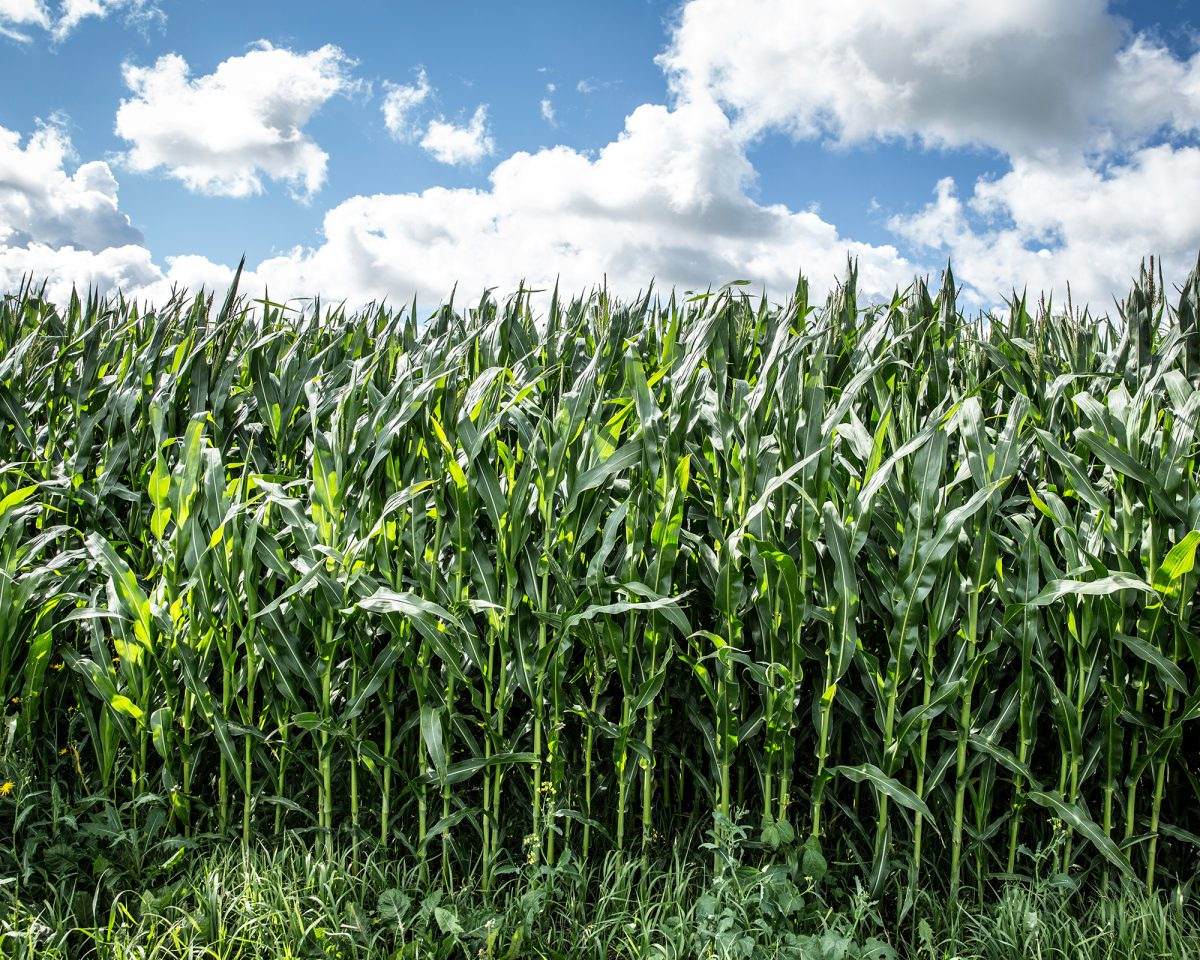
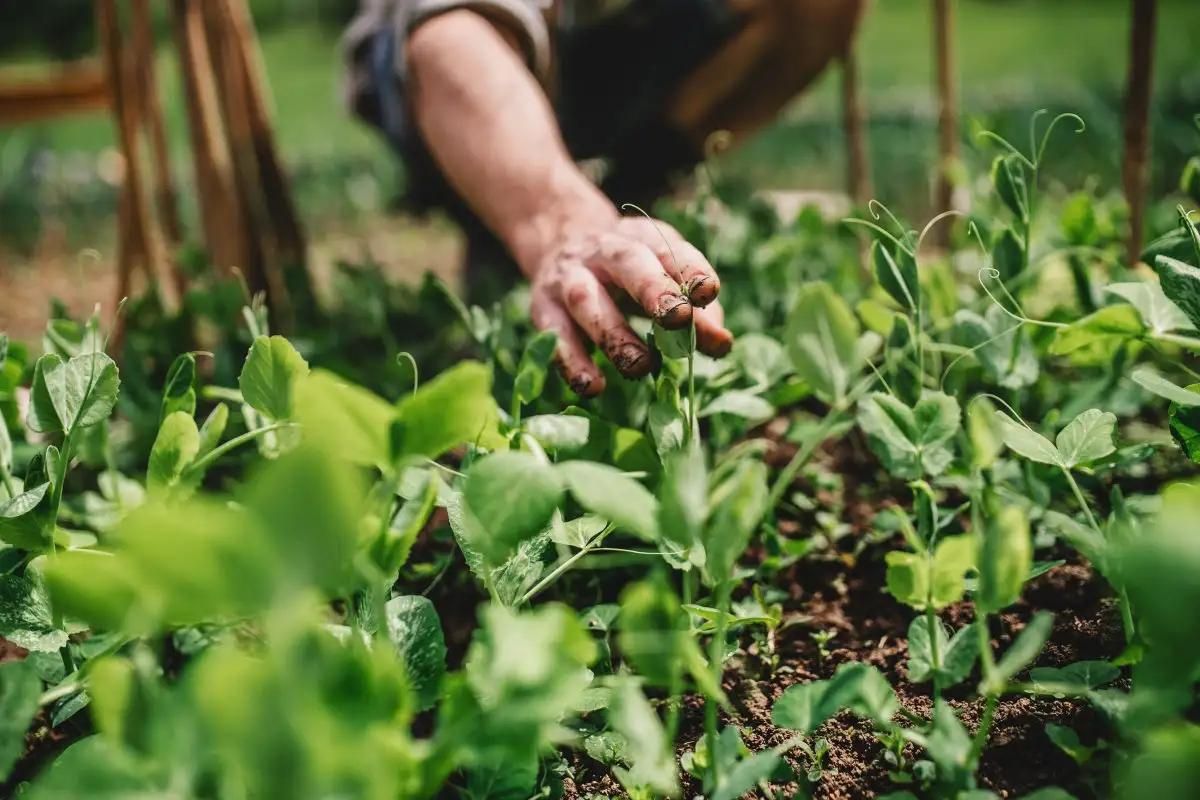
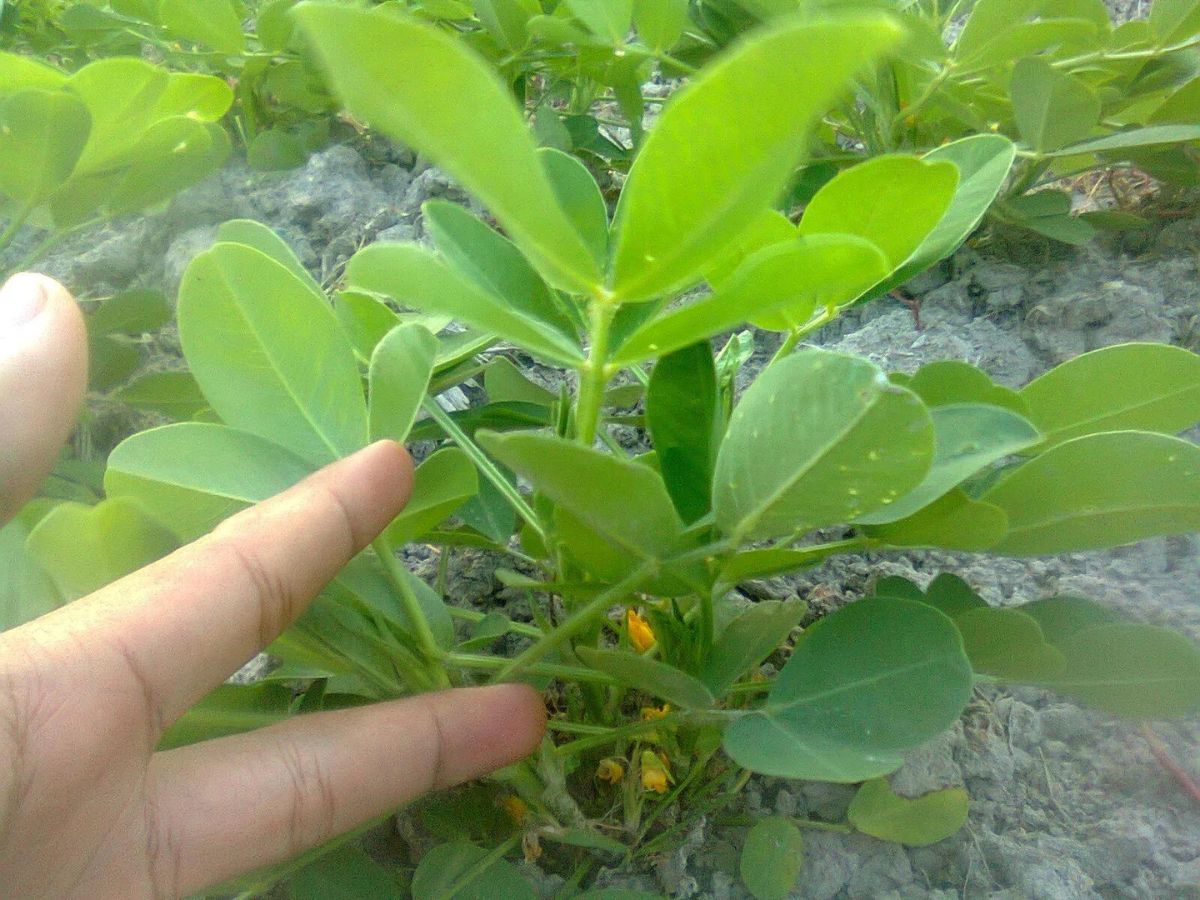
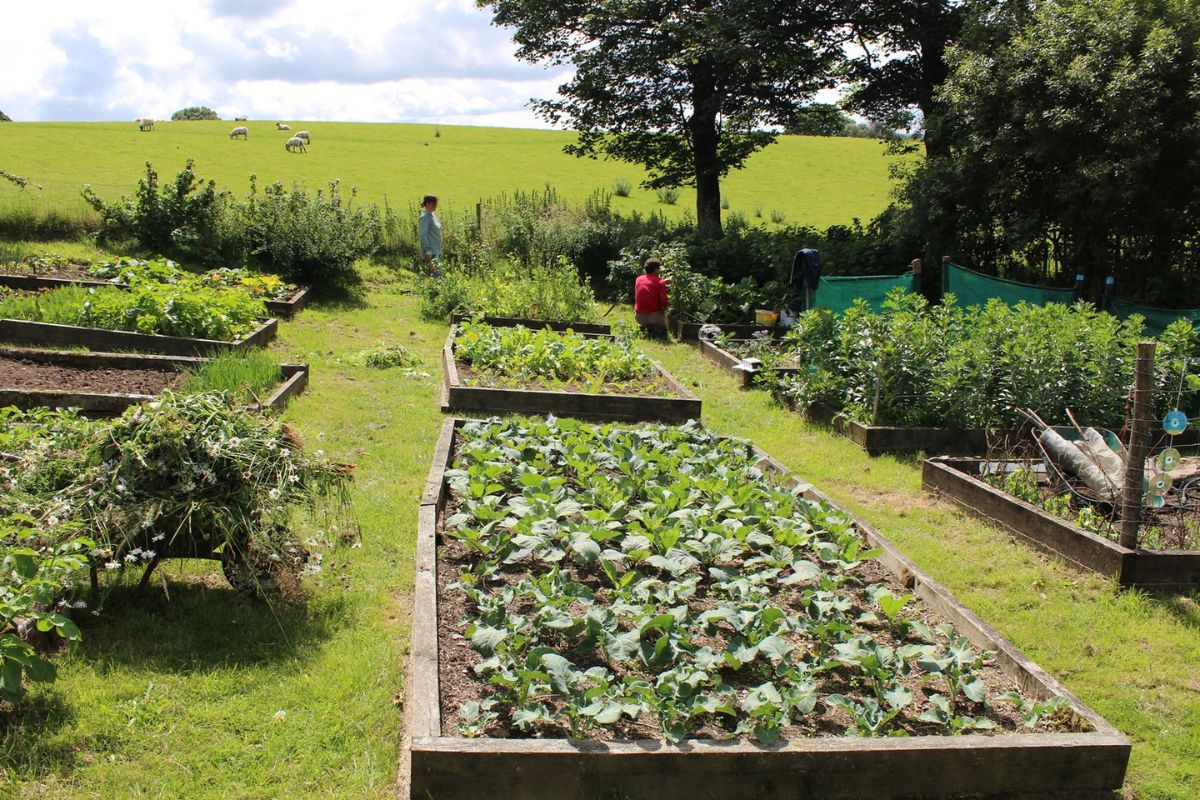
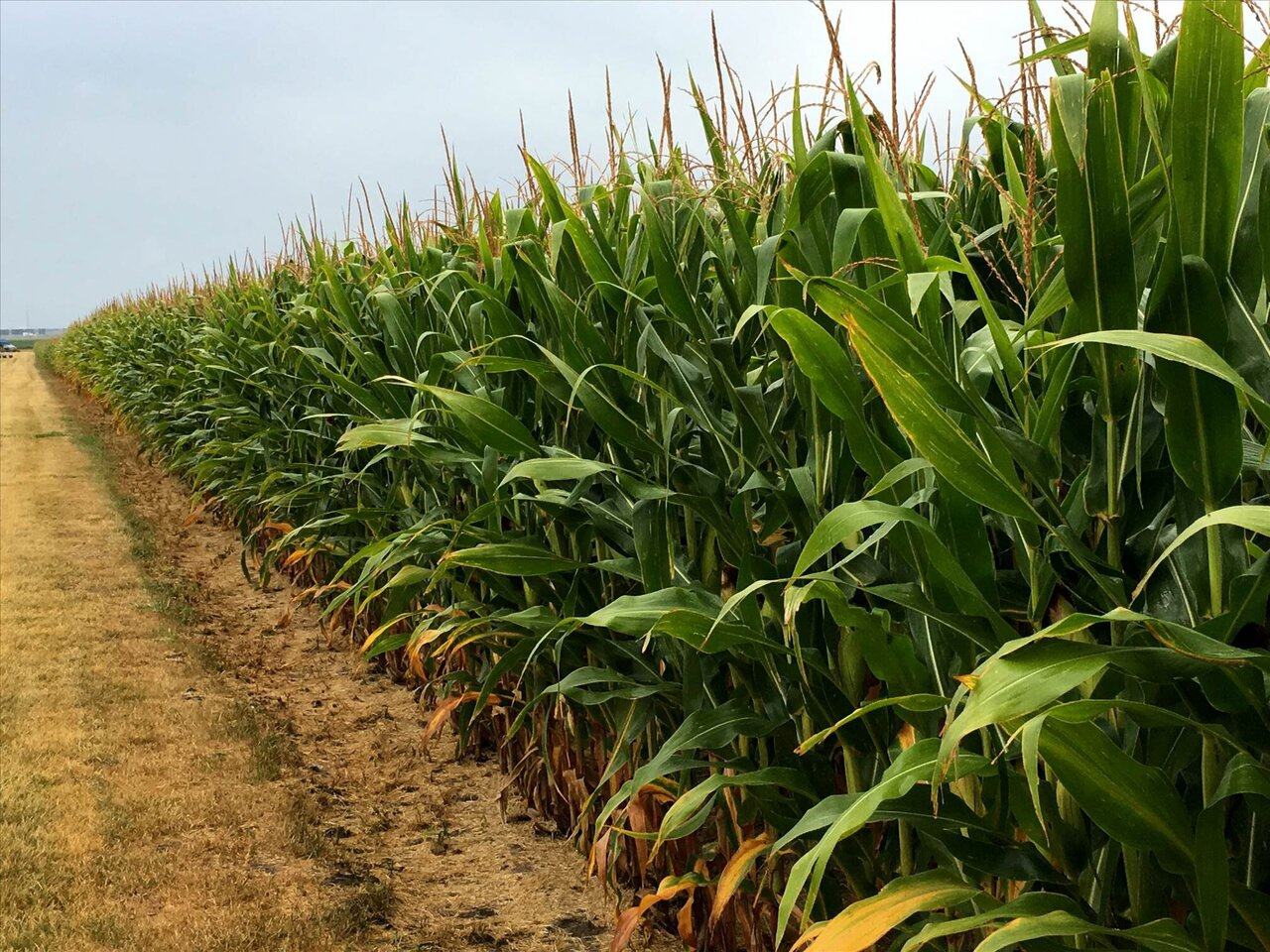
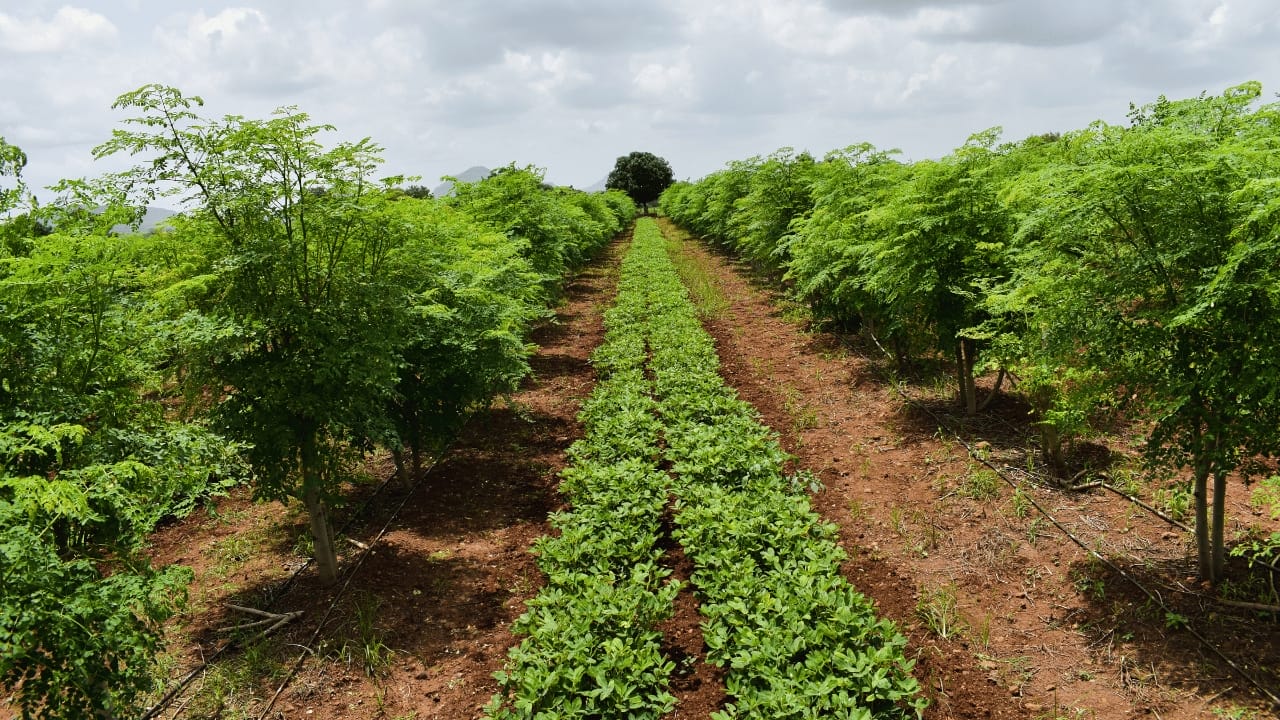
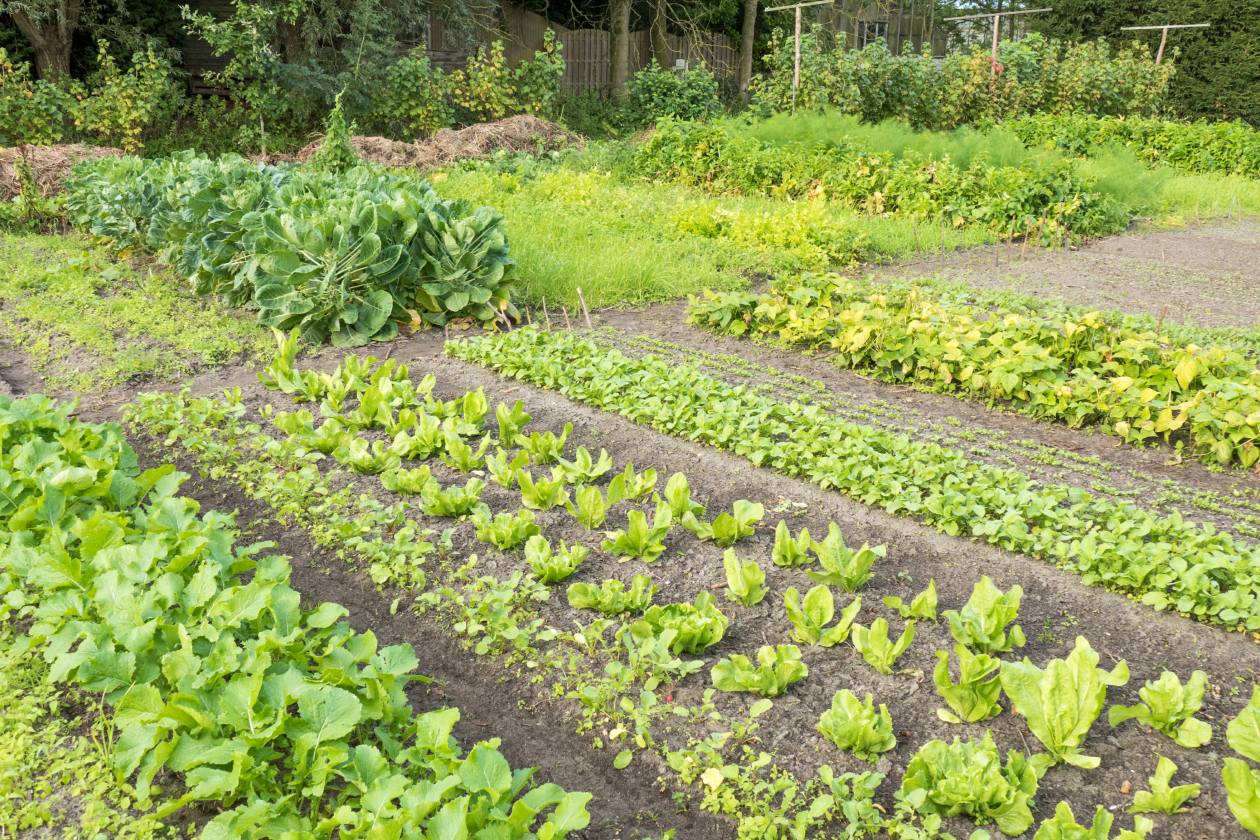
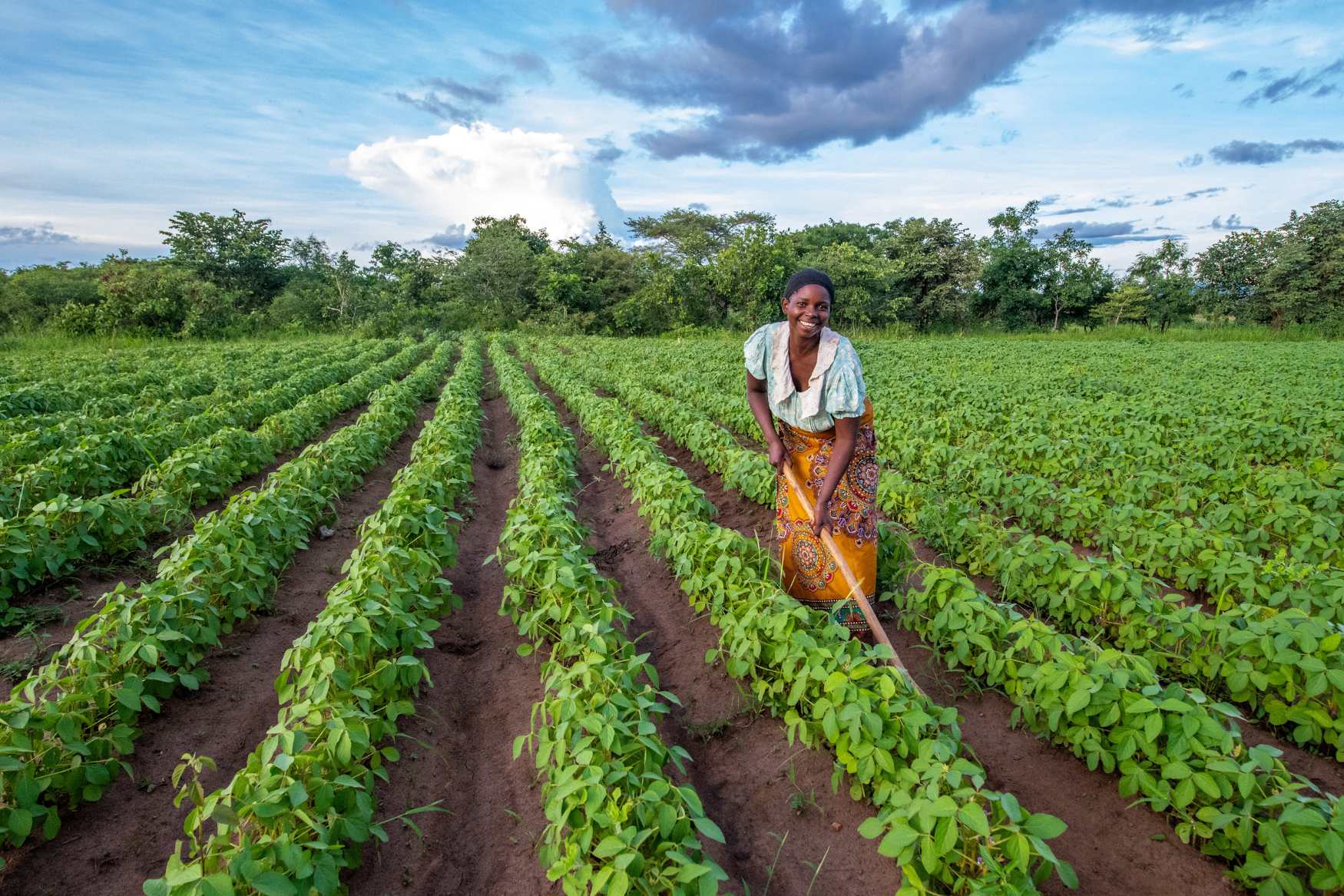
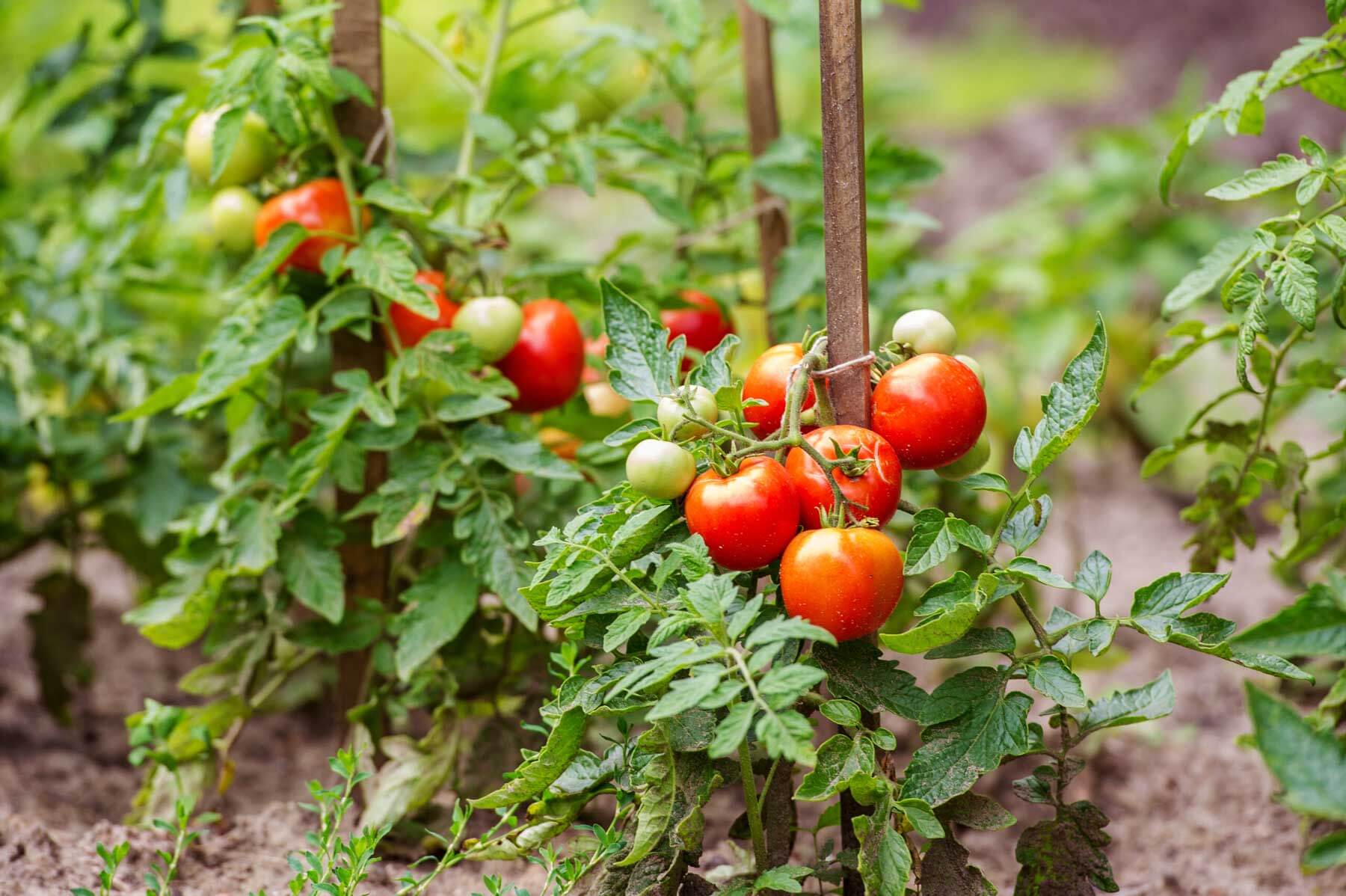
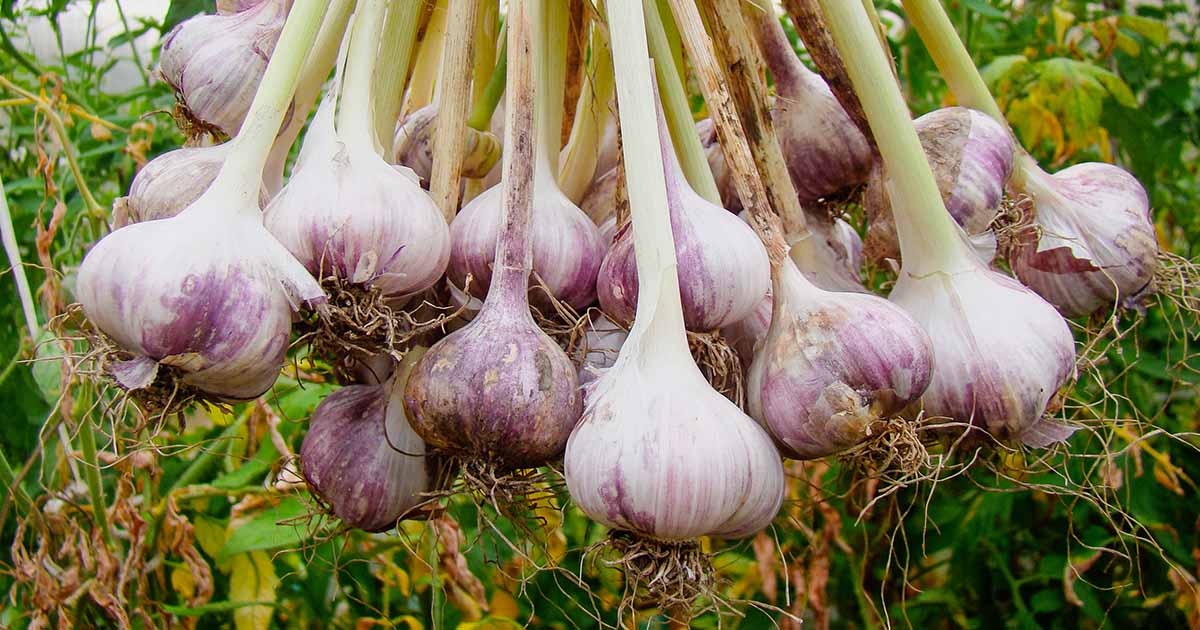


0 thoughts on “What Happens With No Crop Rotation”